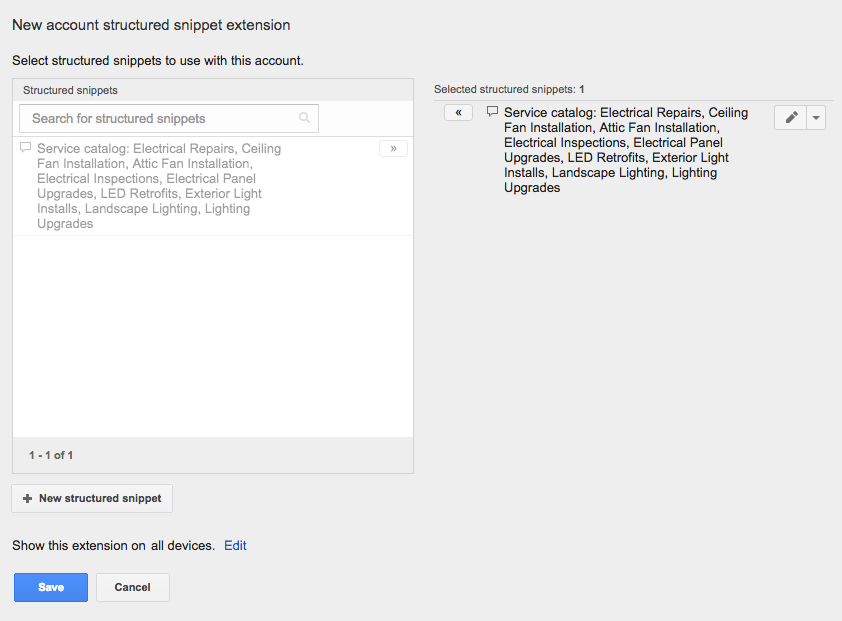This year will be known for sweeping changes in pay-per-click advertising. For starters, Google changed our available ad position from eight spaces to three. This increased our competition and the average cost per click. However, even though it now costs more to advertise on Google, the other changes to AdWords give us the chance to produce astounding results.
Just a warning: Because this article deals with recent changes to Google AdWords, having a familiarity with Google’s PPC platform will help you get the most out of this post.
Shoot for the Moon with Pay-Per-Click
If your marketing strategy depends on pay-per-click, I want you to shoot for the moon. The changes this year might seem scary because they were new, but the new features that Google has rolled out give you the ability to make the best campaigns of your life. You can achieve moments of triumph that are the advertising equivalent of scoring the winning touchdown at the end of the second half, or whatever sports-related metaphor gets you going.
1. Just Rewrite All Your Ads
Pay-per-click success is easy—just completely rewrite all your ads.
Seriously though, if you haven’t rewritten your ads since the introduction of expanded text ads, you’re missing out. Expanded text ads increase your options for character counts and take up more space on screen. More space equals more customer attention. Expanded text ads also put a renewed focus on headlines, allowing you to experiment with the headline to drive better ad performance.
2. Be More Negative
Campaigns improve the most by cutting the ads that aren’t working. Be relentless in your review of negative keywords and search terms. Eliminate any words that either 1: Have the wrong intent or 2: Prove themselves to be bad keywords.

3. Get the Best of Both Worlds
Demographic targeting for search ads gives you the best of both worlds: keyword-focused advertising cross referenced with demographics. You’ll need some quality data about your audience to make this work, but the availability of this option gives you unprecedented precision in targeting your audience.
4. Identify Audacious Audiences
AdWords gives you the ability to create audiences based on existing customer data. Some methods could include targeting specific customers for a special offer. Alternatively, you could also exclude audiences from a particular campaign to focus on new customers.
5. Drive Conversions or Die
I believe that any pay-per-click campaign should have a conversion action and that tracking is critical to know if your campaigns are producing results. Periodically reviewing your dimensions tab is important to cut historically bad campaigns, ad groups, ads, or keywords. If it doesn’t produce, it dies. Simple as that.
6. Extend Yourself
Filling in all those ad extensions is like figuring out every possible deduction on your tax return: it’s tedious work, but it adds up to a bigger return. Here are my picks for great extensions to boost your campaign numbers:
Location Extensions
Location extensions allow people to see where your business is located, so these extensions are critical if customers need to physically visit your store to buy something. To set these up, you’ll need to connect your Google My Business account with AdWords.
Call Extensions
Call extensions are essential for any service-based business. A lot of people would rather call and talk to a person instead of filling out a form on a website. Make sure you’re tracking these as a conversion and set up number tracking in AdWords.
Messaging Extensions
These extensions allow customers to text message you from a mobile ad. This is a good way to tap into younger consumers who would rather text than talk to a sales associate on the phone.
Price Extensions
Price extensions allow you to reference products or services in a variety of formats. I like them for two reasons. First, they can act as a filter for value-focused consumers who won’t pay your prices. These people ultimately end up wasting budgets because they participate in the information-gathering phase of how much services or goods costs without actually buying. Second, I believe people who aren’t price-sensitive enjoy the transparency of seeing a real number. This is especially relevant with services where direct comparisons may be difficult.
Structured Snippet Extensions
Structured snippets are basically a permutation of callouts. These extensions focus on lists of brands, services, or types of products that a business offers. In my experience, Google is finicky on rejecting these extensions and is often unaware if something is a service or product.

The Future Is Bright
Make no mistake, it’s tougher environment for pay-per-click advertising. But you can still win big at AdWords if you can adapt to recent changes from Google. The key is taking advantage of every new option available and, above all else, experimenting with every aspect of your campaigns.
Take the six steps outlined earlier in this post, and you can shoot for the moon with your PPC strategy.






